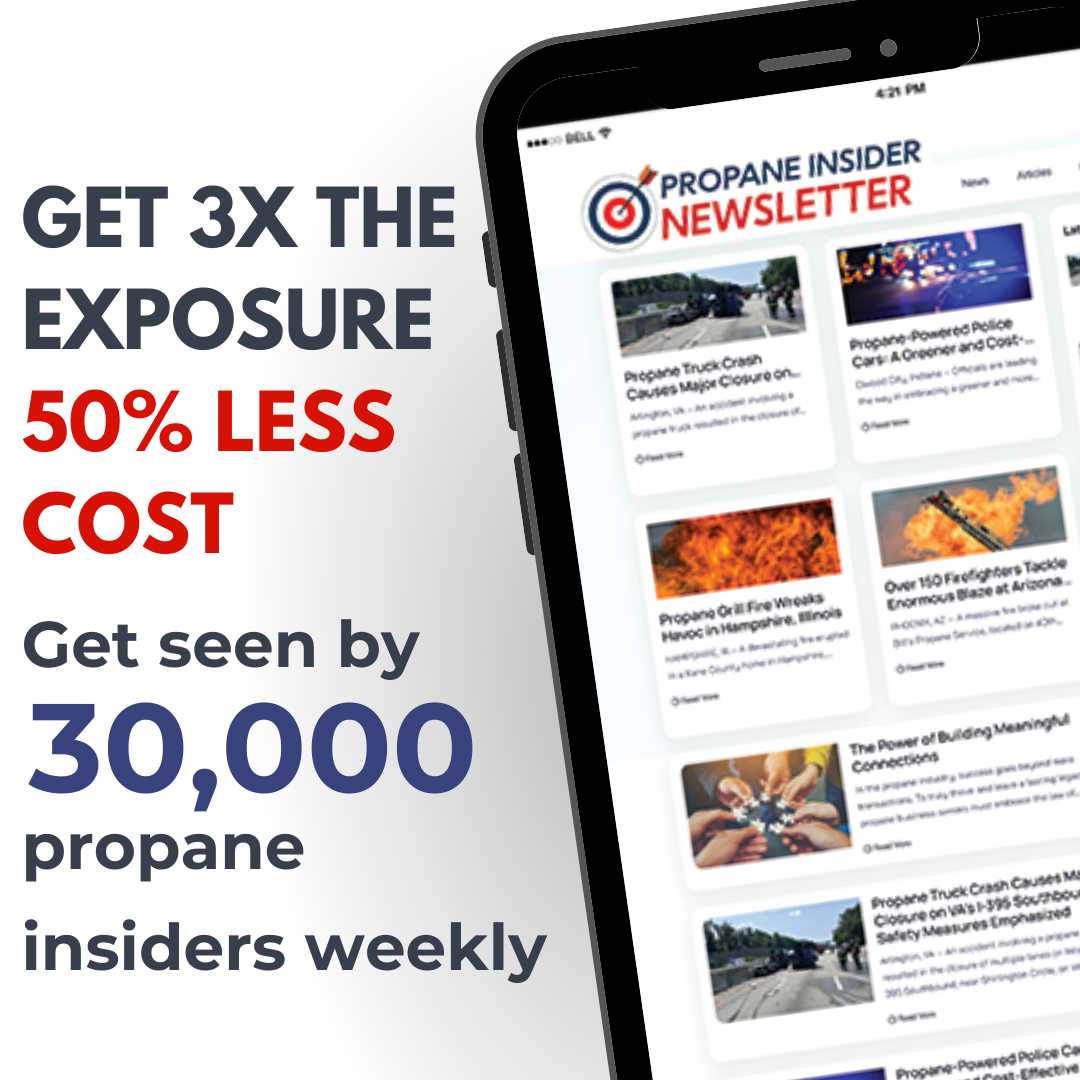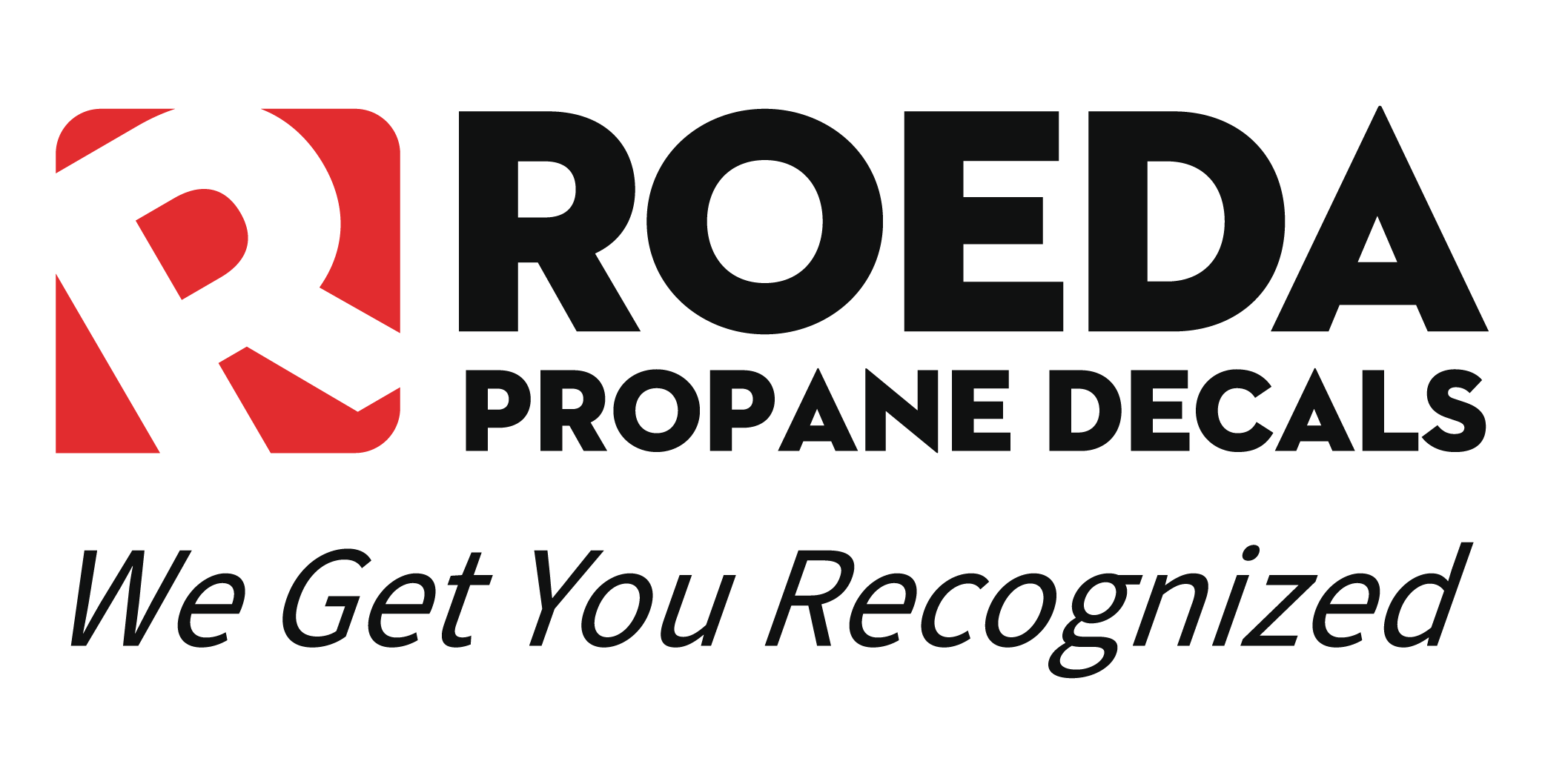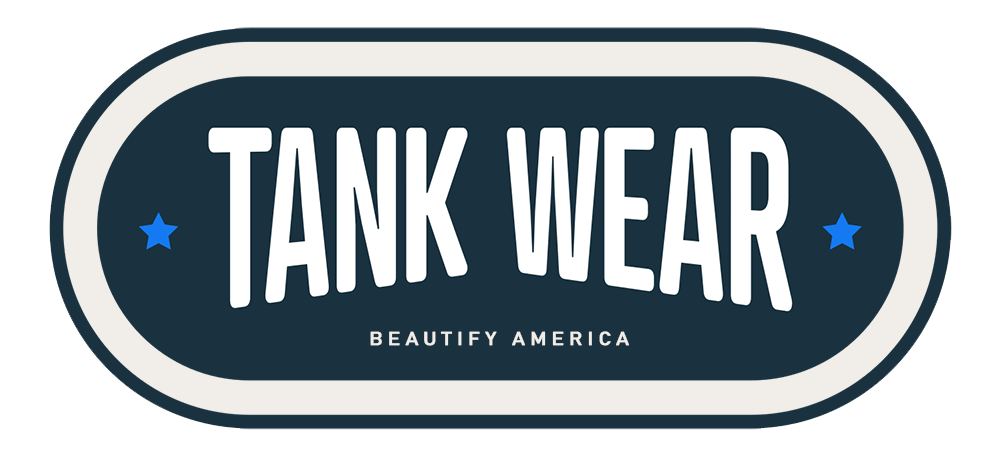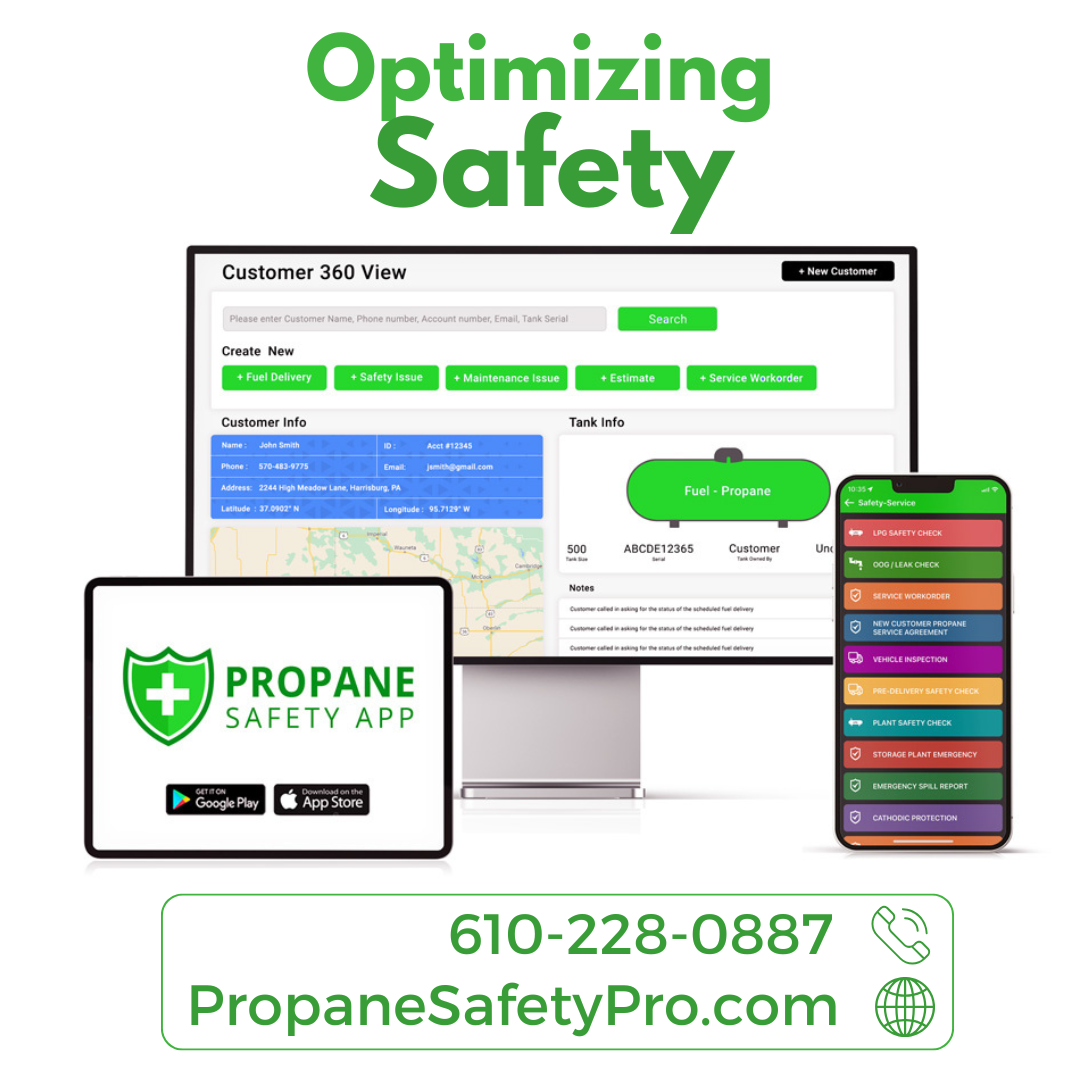Trucking Challenges That Could Slow You Down

Regarding propane delivery, the road that lies between the supply terminal and your customer matters more than you might think. If you’re running a propane company, you know how much time, money, and planning it takes to keep everything moving. But there’s one piece of the puzzle that’s often out of your control – the freight and trucking industry.
Anything affecting this industry can raise your distribution expenses, from driver shortages and rising fuel costs to stricter regulations and unexpected delays. When those costs go up, your profit margins shrink, your prices may need adjusting, and your ability to stay competitive can take a hit.
Why Freight Costs Matter More Than Ever
You depend on trucks to move propane from storage facilities to bulk plants and customers. That’s a lot of miles and moving parts. If the cost of utilizing trucks increases, or there’s a shortage of available drivers, your entire schedule can fall behind.
Many outside factors influence freight costs, including diesel prices, weather, labor shortages, and road conditions. Prices can spike when demand for truck space is high, especially during peak heating months. If you don’t prepare for these changes, they can eat into your bottom line quickly.
Driver Shortages and Delays
The trucking industry has been facing a driver shortage for years. Fewer drivers mean fewer available delivery slots. This puts pressure on propane companies, especially in winter when demand rises. If you rely on outside trucking services, you might have to pay more to keep your deliveries on track.
The driver shortage also means you need to plan farther ahead than usual. Deliveries that used to take a day might now take three. That slows down customer service and increases the risk of running behind during busy seasons.
Fuel Prices and Equipment Maintenance
Fuel is one of the most significant expenses in freight and propane delivery. When diesel prices jump, every mile becomes more expensive. And that increase gets passed down to you – whether you run your own fleet or contract with outside carriers.
The same goes for truck maintenance. The more miles your trucks log, the more wear and tear you see. If freight companies raise prices to cover their rising maintenance costs, you’ll also feel it in your budget.
Federal and State Regulations
Regulations around safety, emissions, and driver hours can also affect delivery costs. New laws might require trucks to take longer routes, carry less propane per load, or log more paperwork – all of which take time and add costs. These changes may seem small, but they add up over time and can impact how fast and efficiently your propane reaches customers.
How to Stay Ahead of Cost Increases
You may be unable to change how the freight and trucking industry works, but you can prepare. Review your current delivery routes and partnerships. Explore ways to develop and improve relationships within the trucking industry. Consider contracts with more reliable or local carriers. Look into software that helps plan more efficient routes, which will save both time and fuel. Keeping your delivery schedule flexible and staying updated on trucking industry trends can also help you avoid surprise delays and fees.
Keeping Control of the Road Ahead
Freight and trucking issues aren’t going away anytime soon. However, you can make better decisions that protect your profits by closely examining how they affect your propane delivery costs. Whether it’s by building strong trucking industry partnerships or using route optimization apps, the proactive steps you take now can make a big difference when the next spike hits. When you stay ready, you stay strong, and that’s how you keep your propane business moving forward.













